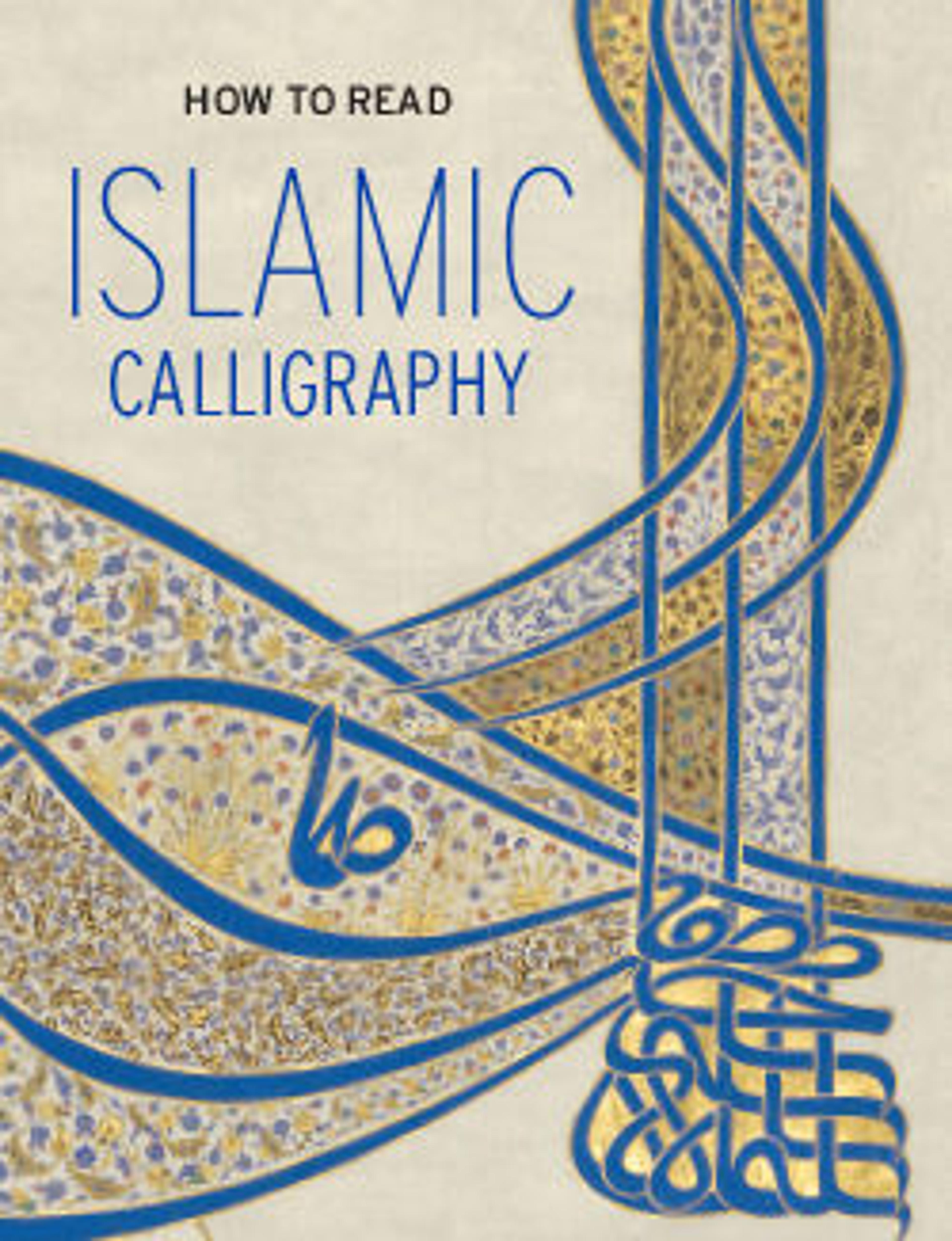Prayer Book
This small prayer book, or du'anama, belongs to a corpus of illustrated devotional texts produced in the Ottoman Empire in the eighteenth and nineteenth centuries. Unlike most prayer books created at the time, this one contains twenty-nine drawings of traditional Islamic themes and subjects, which are outlined in gold and filled with prayers in ghubar naskh, an especially fine or "dust-like" variety of the naskh script. These include representations of the Ka'ba, the footprints (kadem) of the Prophet Muhammad, the Seal of Solomon, the bifurcated sword of 'Ali (zu'l fiqar), Noah's Ark, the lamp of the Prophet, the trumpet of the Archangel Israfil, and the cave from the story of the Seven Sleepers in the Qur'an, among others. The manuscript is signed and dated by the calligrapher, a prominent mid-eighteenth-century master known for his calligrams and pictorial calligraphic compositions, such as the galleon with inscriptions referring to the story of the Seven Sleepers also in the Metropolitan's collection (2003.241). It also contains collectors' stamps dating to the first half of the nineteenth century. The leather binding is decorated with stamped and gilded medallions within a simple border. Prayer manuals enjoyed wide popularity in the Ottoman Empire in the eighteenth and nineteenth centuries, a time of political reform and religious revivalism. Used for individual prayer, they also served as mediational devices to protect, comfort, and heal their owners.
Artwork Details
- Title:Prayer Book
- Calligrapher:'Abd al-Qadir Hisari (Turkish)
- Date:dated 1180 AH/1766 CE
- Geography:Made in Turkey
- Medium:Manuscript: ink, opaque watercolor, and gold on paper
Binding: leather and gold - Dimensions:H. 6 in. (15.2 cm)
W. 4 in. (10.2 cm) - Classification:Codices
- Credit Line:Purchase, Friends of Islamic Art Gifts, 2014
- Object Number:2014.44
- Curatorial Department: Islamic Art
More Artwork
Research Resources
The Met provides unparalleled resources for research and welcomes an international community of students and scholars. The Met's Open Access API is where creators and researchers can connect to the The Met collection. Open Access data and public domain images are available for unrestricted commercial and noncommercial use without permission or fee.
To request images under copyright and other restrictions, please use this Image Request form.
Feedback
We continue to research and examine historical and cultural context for objects in The Met collection. If you have comments or questions about this object record, please contact us using the form below. The Museum looks forward to receiving your comments.
